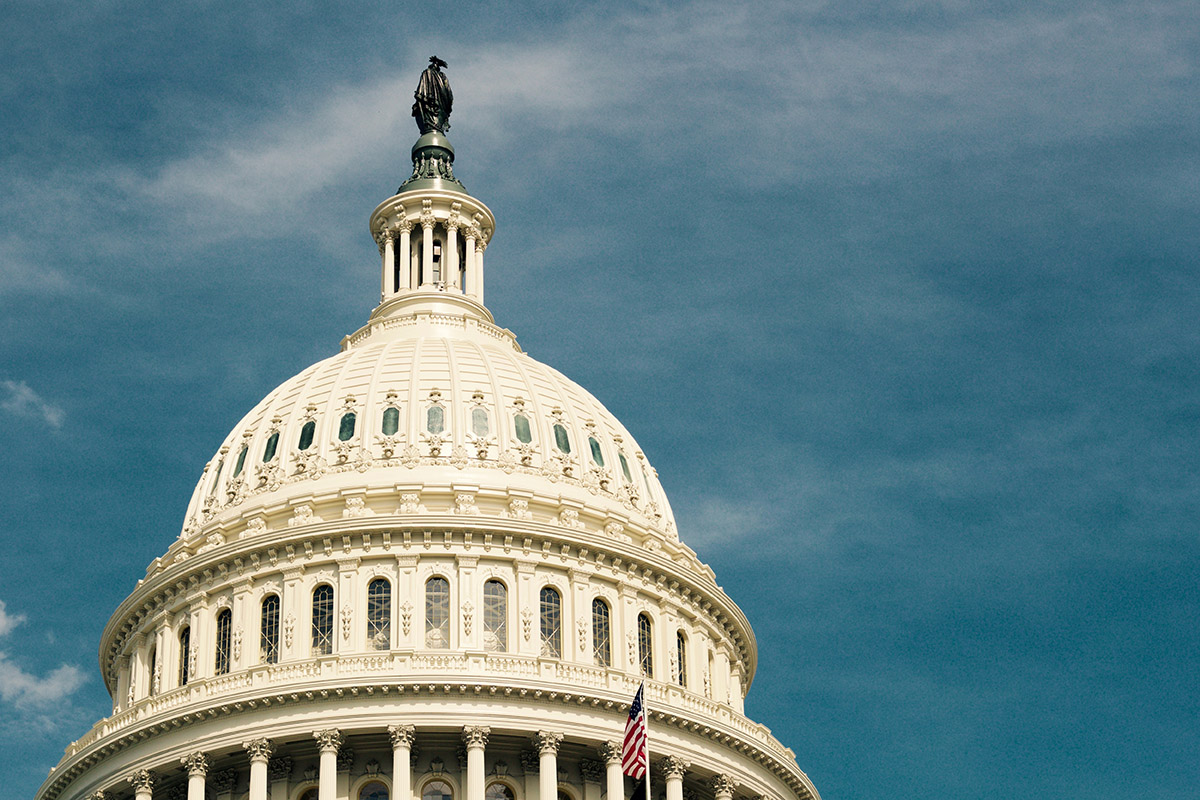Reinsurance is an insurance product designed to protect health insurers against the financial risk of covering high-cost enrollees — such as people with pre-existing conditions, chronic diseases or cancer — who could cause a company to pay out more in claims than it receives in premiums and become insolvent. In Minnesota, the state and federally funded reinsurance program insures health plans by providing partial payment of 80 percent for all claims between $50,000-$250,000. Two other states, Alaska and Oregon, have implemented state-based reinsurance programs under the Affordable Care Act, and several other states are in the process of instituting similar measures.

In a study conducted by the School of Public Health, recently published in INQUIRY: The Journal of Health Care Organization, Provision, and Financing, researchers used data from a national survey of health spending to estimate the costs of implementing a national reinsurance program.
Researchers, led by Professor Lynn Blewett, estimated health care expenditures in the individual market and then estimated the costs of a national reinsurance program. They also examined the costs of similar state reinsurance programs in California, Texas, Florida and Illinois. They used data for non-elderly adults with private non-group health insurance from the 2015–2017 Current Population Survey (CPS) and health care expenditure data from the 2007–2016 Medical Expenditure Panel Survey. Researchers then estimated the costs of a national reinsurance program by varying the lower-limit of reinsurance coverage to $20,000, $40,000 and $60,000; varying the percent paid to insurers from 70 percent, 80 percent and 90-percent; and implementing a reinsurance cap of $250,000.
“Reinsurance is one of the few policy tools attracting bipartisan interest to address instability in states’ individual health insurance markets,” says Blewett. “Providing an ongoing stable source of funding for state-based reinsurance would go a long way in providing needed financial support for states interested in pursuing this option.”
The study estimated that:
- approximately 20 million people purchased coverage on the individual market with an estimated expenditure of $60.4 billion and $3,027 per capita;
- the cost of a national reinsurance program can vary from $5.3 billion per year with reinsurance limits of $60,000-$250,000 and a 70-percent payment rate to $15.7 billion per year with limits of $20,000-$250,000 and a 90-percent payment rate.
“Congress has considered several legislative proposals over the last few years to fund a federal reinsurance program,” says Blewett. “The study’s findings are consistent with the estimates produced by the Congressional Budget Office, which scored reinsurance at approximately $27 billion over five years or about $10 million a year. Having a stable and consistent source of funding would create incentives for more states to consider reinsurance. Finally, reinsurance is just one option and others policies need to be considered to increase affordable options for health insurance coverage in the individual market.”
“As more states explore using reinsurance to stabilize their individual insurance markets, we hope that the results of our study can help them to project the costs of implementing such programs with varying levels of generosity,” added Coleman Drake (PhD ’18), a researcher on the study and assistant professor with the University of Pittsburgh.

